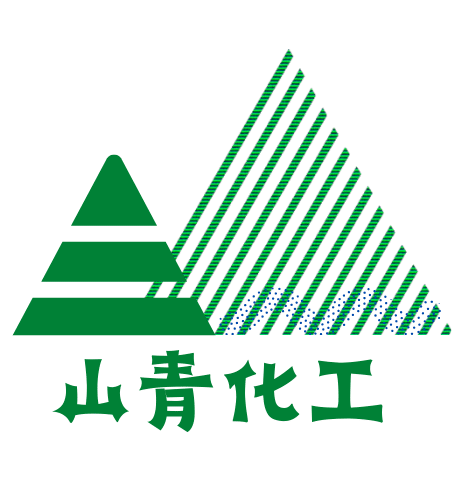Category: Daily Chemicals
-
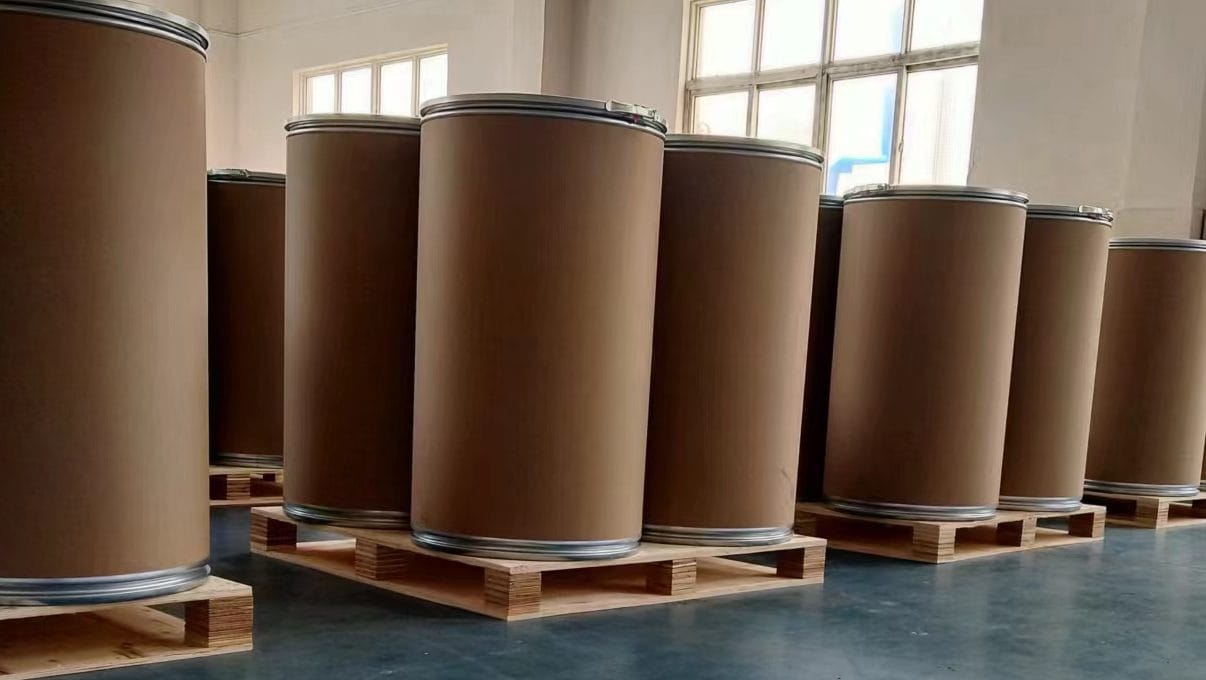
Bentonite
Food additive bentonite has good adsorption of proteins, and at the same time has the effect of clarification, clarification without odor residue does not affect the taste and other characteristics. Bentonite plays a role in clarifying and stabilizing the body of wine in the brewing of fruit juice, alcohol, soy sauce, vinegar and wine, and…
-

PEG-30 Dipolyhydroxystearate
CAS No.: 827596-80-5;Chemical names:Octadecanoic acid, 12-hydroxy-, polymer with oxirane, triblock;PolyEthylene Glycol 30 Dipolyhydroxystearate; ジポリヒドロキシステアリン酸ポリエチレングリコール;PEG-30 di-polyhydroxystearatic acid; ジポリヒドロキシステアリン酸PEG-30; PEG-30 Dipolyhydroxystearate is a water-in-oil emulsifier, fat soluble, with excellent high temperature stability. It is suitable for cosmetics, make-up and sunscreen products.It can be used to emulsify various fats and oils, and can be used in high electrolyte…
-
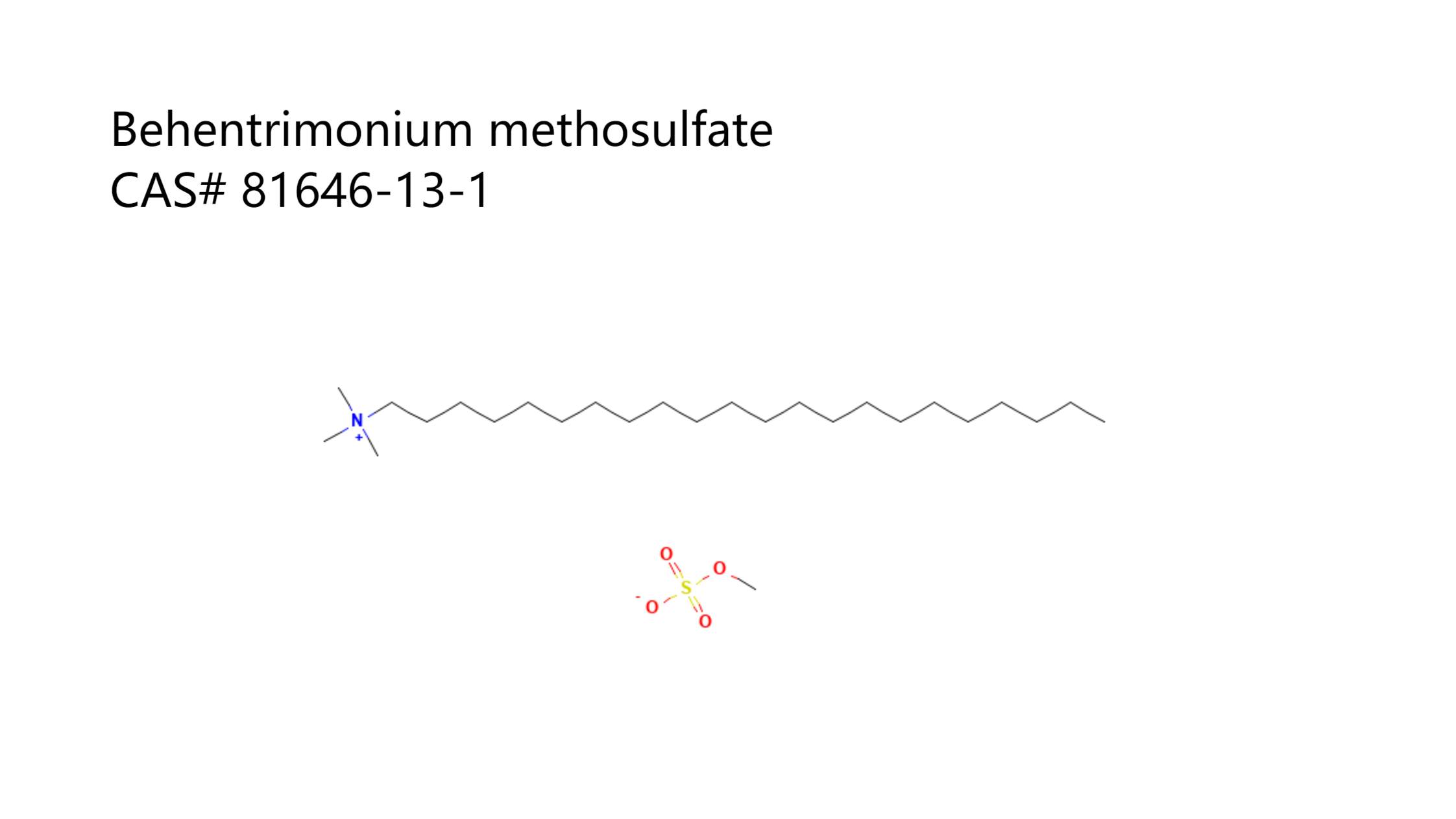
Behentrimonium methosulfate
Behentrimonium methosulfate is used as antistatic agent, hair conditioning agent, hair anti-tangle ingredient, surfactant, etc.
-
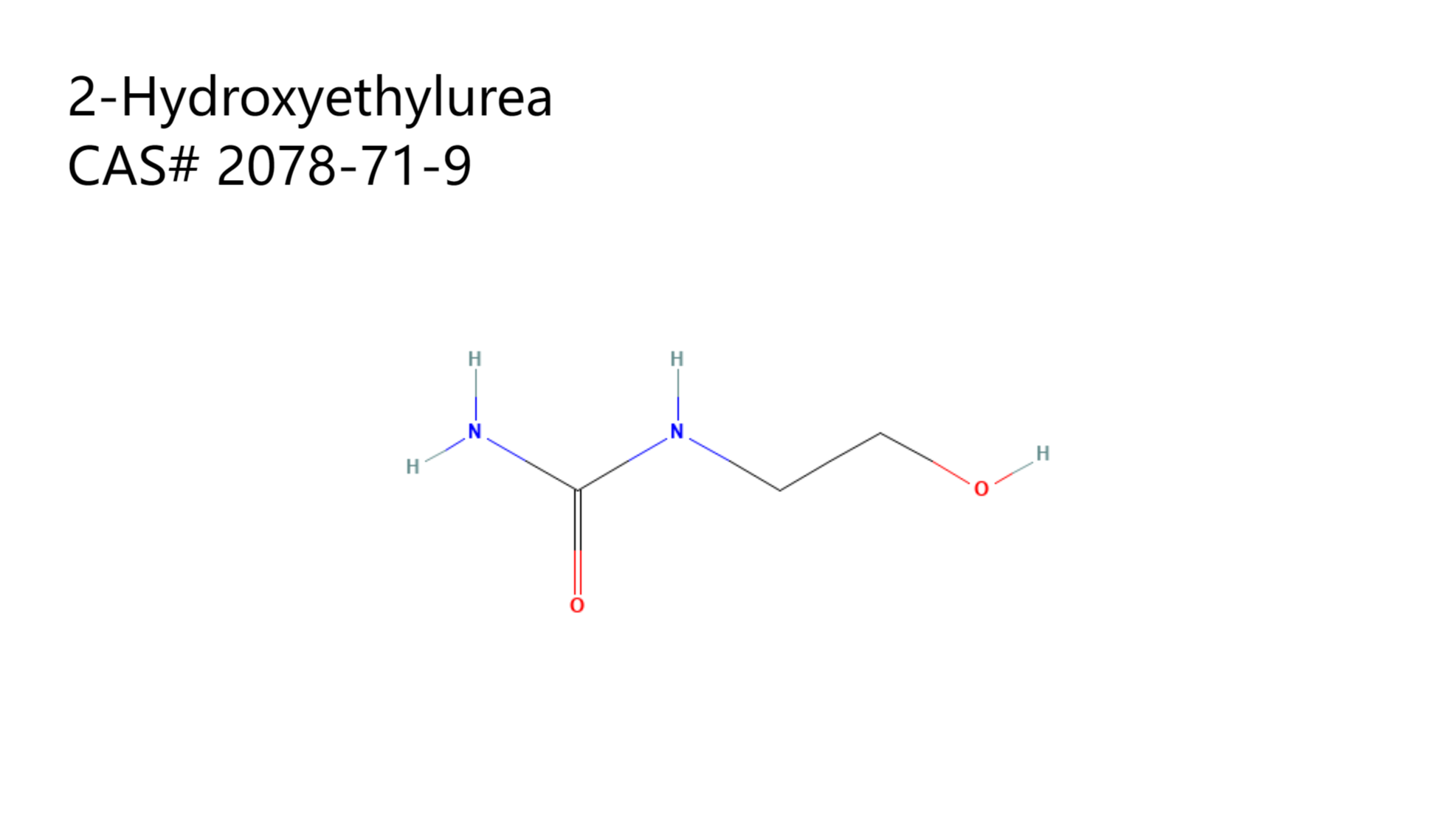
Hydroxyethyl urea
Hydroxyethylurea, used in large quantities in cosmetic moisturizing products, is used as a humectant.
-
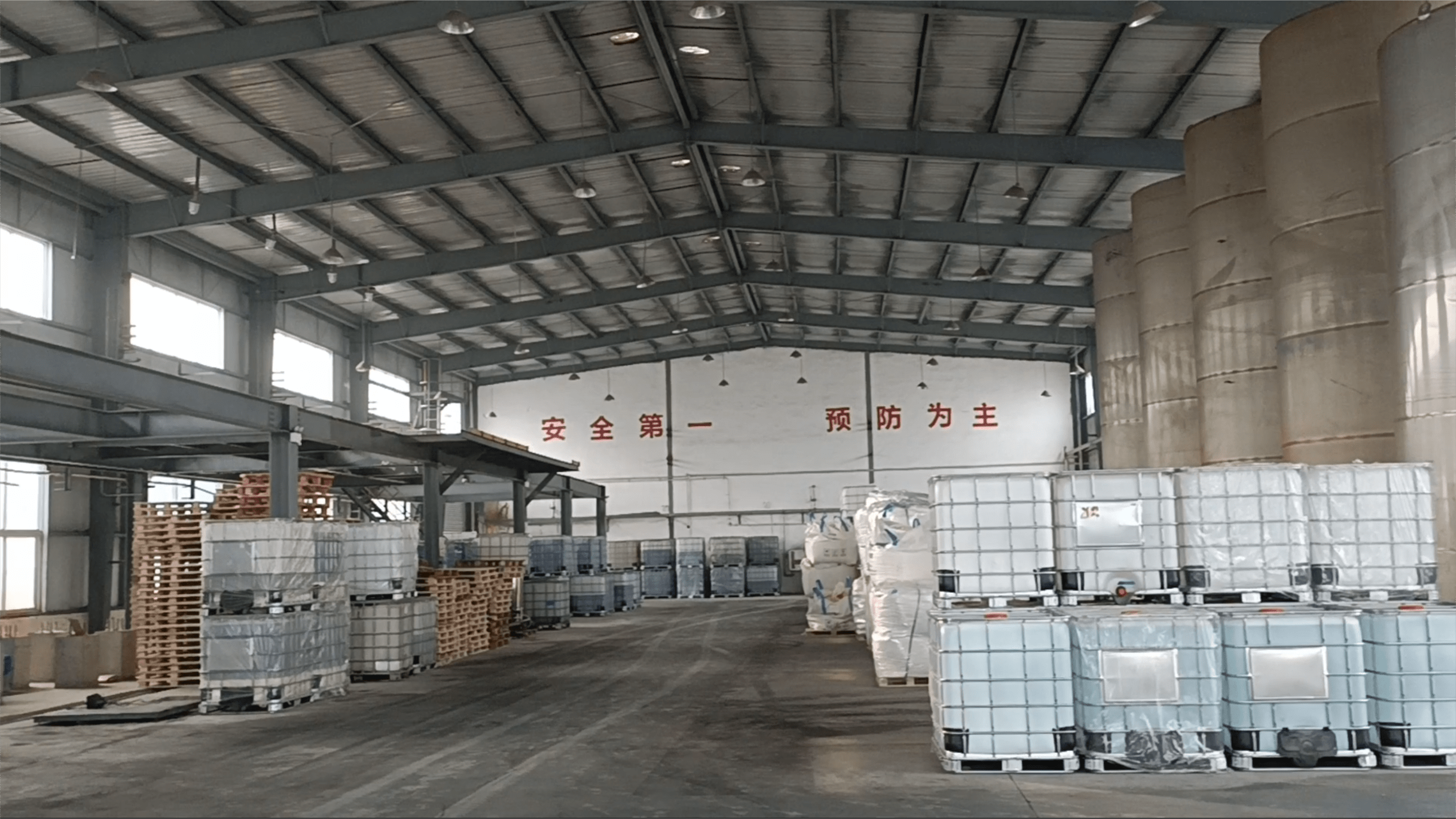
Triethanolamine quaternary compounds
CAS Number: 91995-81-2;EC No.: 295-344-3; Chemical names:Fatty acids, C10-20 and C16-18-unsaturated, reaction products with triethanolamine, dimethyl sulfate-quaternized;Fatty acids, (C=10-20) and (C=16-18)-unsated., reaction products with triethanol amine, di-Me sulfate-quaternized; CAS#91995-81-2 is one of TEAQ (Triethanolamine quaternary compounds), which is belong to Ester Quats (Ester Quaternary Ammonium Salts). It is an ideal cationic surfactant for use as…
-
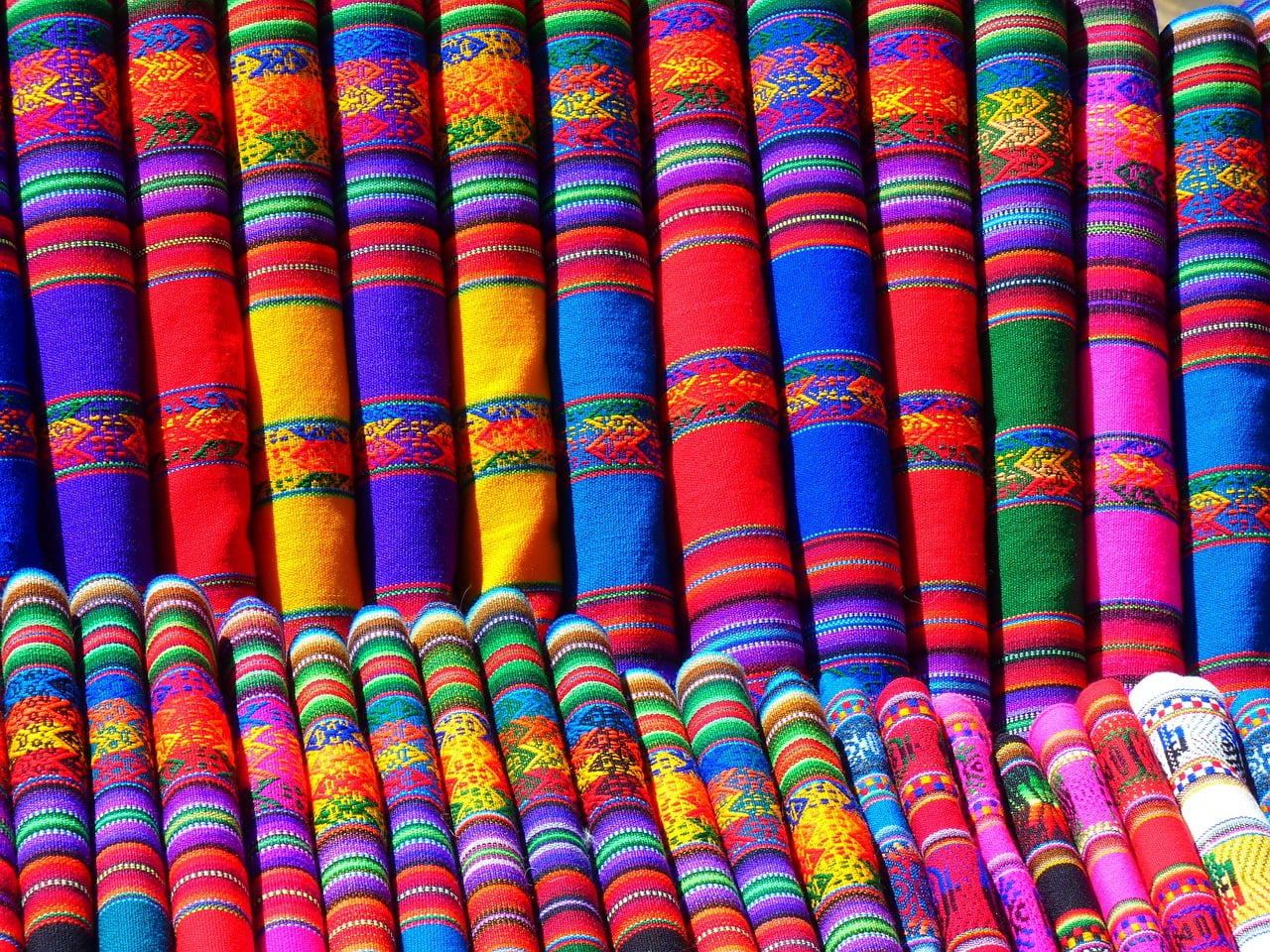
Ester Quaternary Ammonium Salt
TEAQ (Triethanolamine quaternary compounds), DEEDMAC (diethyloxyester dimethylammonium chloride), HEQ, etc.
-
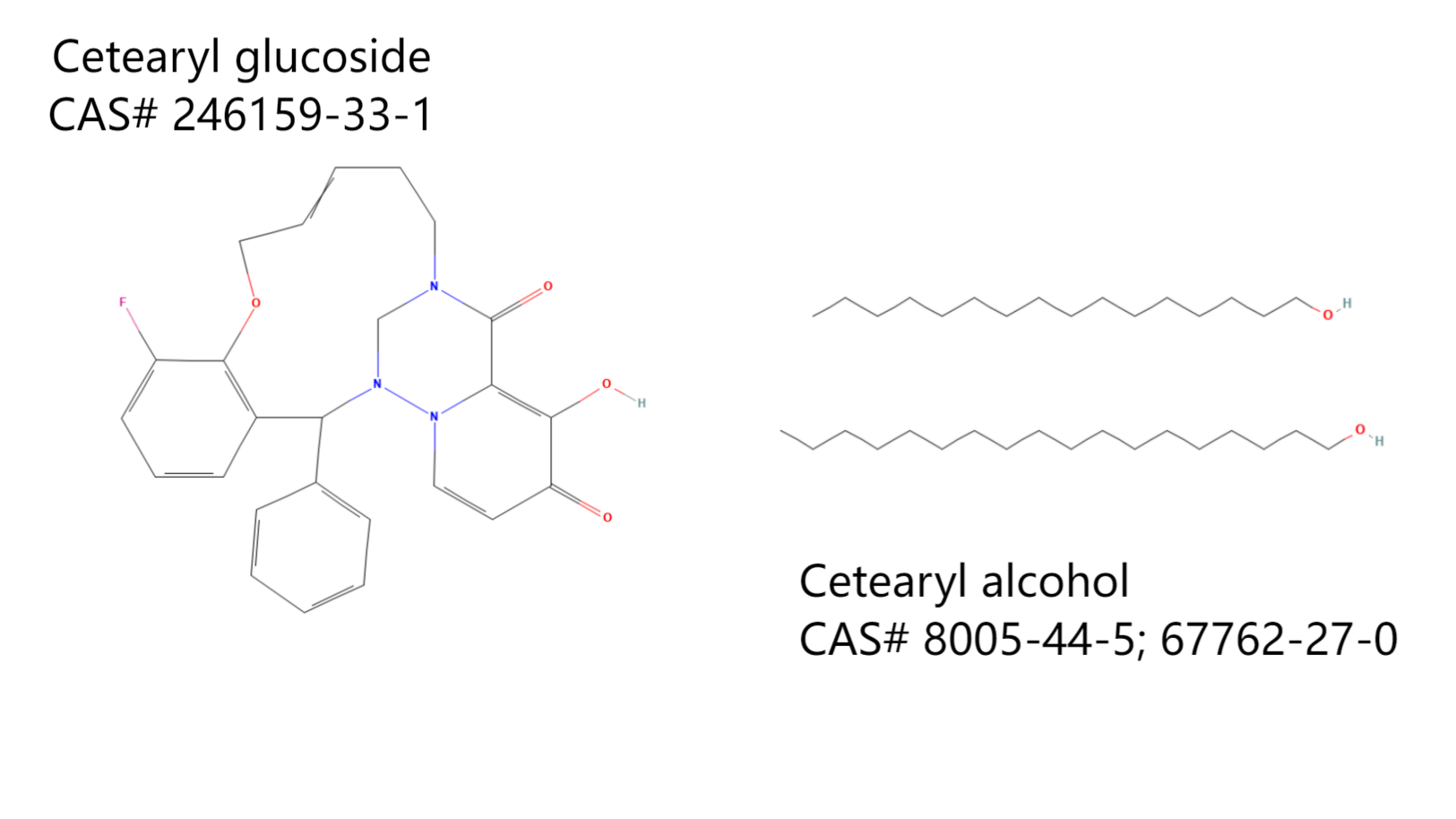
Cetearyl glucoside and Cetearyl alcohol
Cetearyl glucoside and Cetearyl alcohol (GM68, APG1618) is a mixture of about 25% alkyl glycosides, which is formed by dehydration of fatty alcohols of plant origin and glucose of plant origin. GM68 is an O/W nonionic emulsifier with self-emulsifying and self-thickening effect. Its lipophilic fatty groups and hydrophilic glucose groups are plant origin, without solvents…
-

Alkyl PolyGlycosides APGs
Alkyl PolyGlycosides (APGs) are nonionic surfactants, compounds synthesised from glucose and fatty alcohols. APG 0810 has between 8 and 10 carbon atoms in its molecular structure. APG 1214 may contain more carbon atoms in its molecular structure, resulting in a relatively high viscosity. Uses For daily chemical, we can provide APGs made from renewable plant…
-

Difference between APG0810 and APG1214
Alkyl Polyglycosides, APG0810, APG1214, Applications, Cosmetic Ingredient, Nonionic surfactants, SurfactantsAlkyl polyglycosides (APGs) are compounds synthesised from glucose and fatty alcohols, nonionic surfactants. The main difference between alkyl polyglycoside 0810 and 1214 lies in their molecular structure and performance characteristics: APG0810 is more permeable and is usually used more in industrial applications.APG1214, in contrast, is milder and is more often used in household detergents. In…
-

Chelating capacity and stability
Applications, Chelating Agents, Complexing Agent, Cosmetic Ingredient, sequestering agent, washing agent, Water Treatment ChemicalsChelating Agents List What are chelating agents? Stability constants (logK values) – in active pH range Stability constants (logK values) – in active pH range Metal ion EDTA DTPA GLDA MGDA IDS Al3+ 16.4 18.6 12.2 7.7 14.1 Ba2+ 7.8 8.6 3.5 4.8 3.4 Ca2+ 10.7 10.7 6.4 7 5.2 Cd2+ 16.5 18.9 9.1 10.6 8.4 Co2+…
-
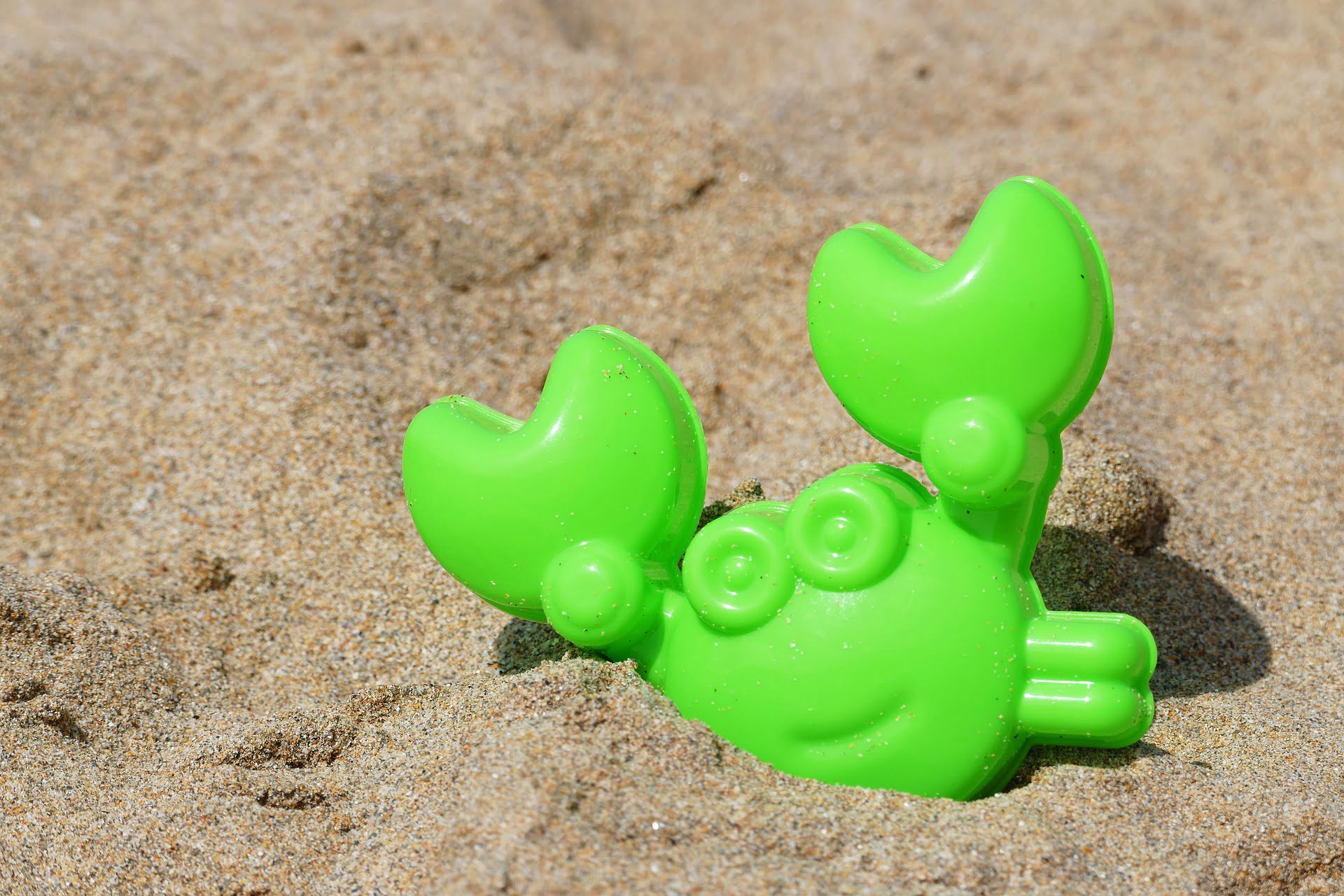
Comparison of MGDA, GLDA, ASDA and EDTA
Applications, ASDA, Chelating Agents, Cosmetic Ingredient, EDTA, EDTA-2Na, EDTA-4Na, GLDA, Green Chelating Agents, MGDA, Traditional Chelating Agents, Water Treatment ChemicalsMGDA, GLDA, ASDA and EDTA belong to amino carboxylic acid chelating agents with similar structure. MGDA: Alanine, N,N-bis(carboxymethyl)-, trisodium salt; Methylglycine N,N-diAcetic acid, trisodium salt;GLDA: L-Glutamic acid, N,N-bis(carboxymethyl)-, sodium salt (1:4); Glutamic acid N,N-diAcetic acid tetrasodium salt;ASDA: Aspartic acid, N,N-bis(carboxymethyl)-, tetrasodium salt; L-aspartic acid N, N-diAcetic acid tetrasodium salt; EDTA: Glycine, N,N’-1,2-ethanediylbis[N-(carboxymethyl)-;Ethylene diamine tetraAcetic acid;…
-
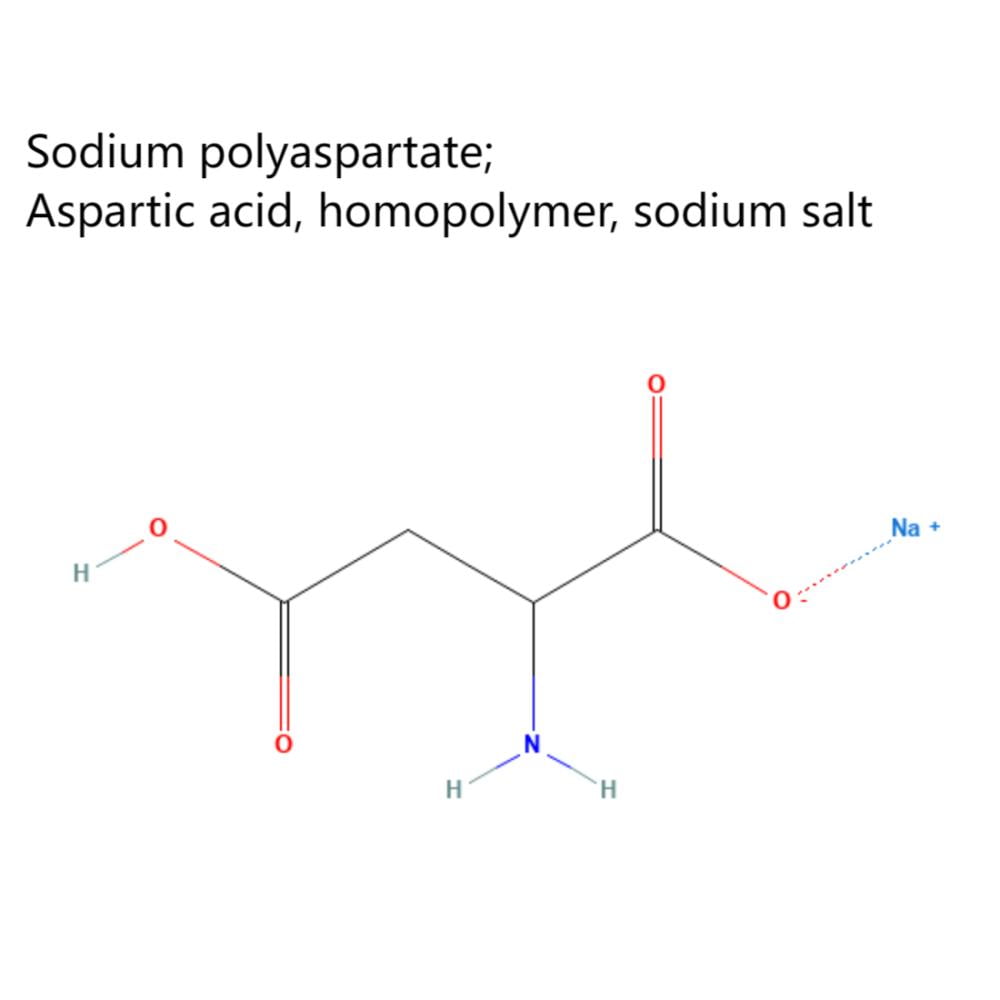
Sodium Polyaspartate
Chelating Agents, Complexing Agent, Cosmetic Ingredient, PASP, sequestering agent, Sodium Polyaspartate, Surfactants, Water Treatment ChemicalsCAS No.: 34345-47-6; 94525-01-6; 181828-06-8; Sodium polyaspartate is green biodegradable polymer, used in water treatment chemicals, dispersants, scale inhibitor, detergents, etc.
